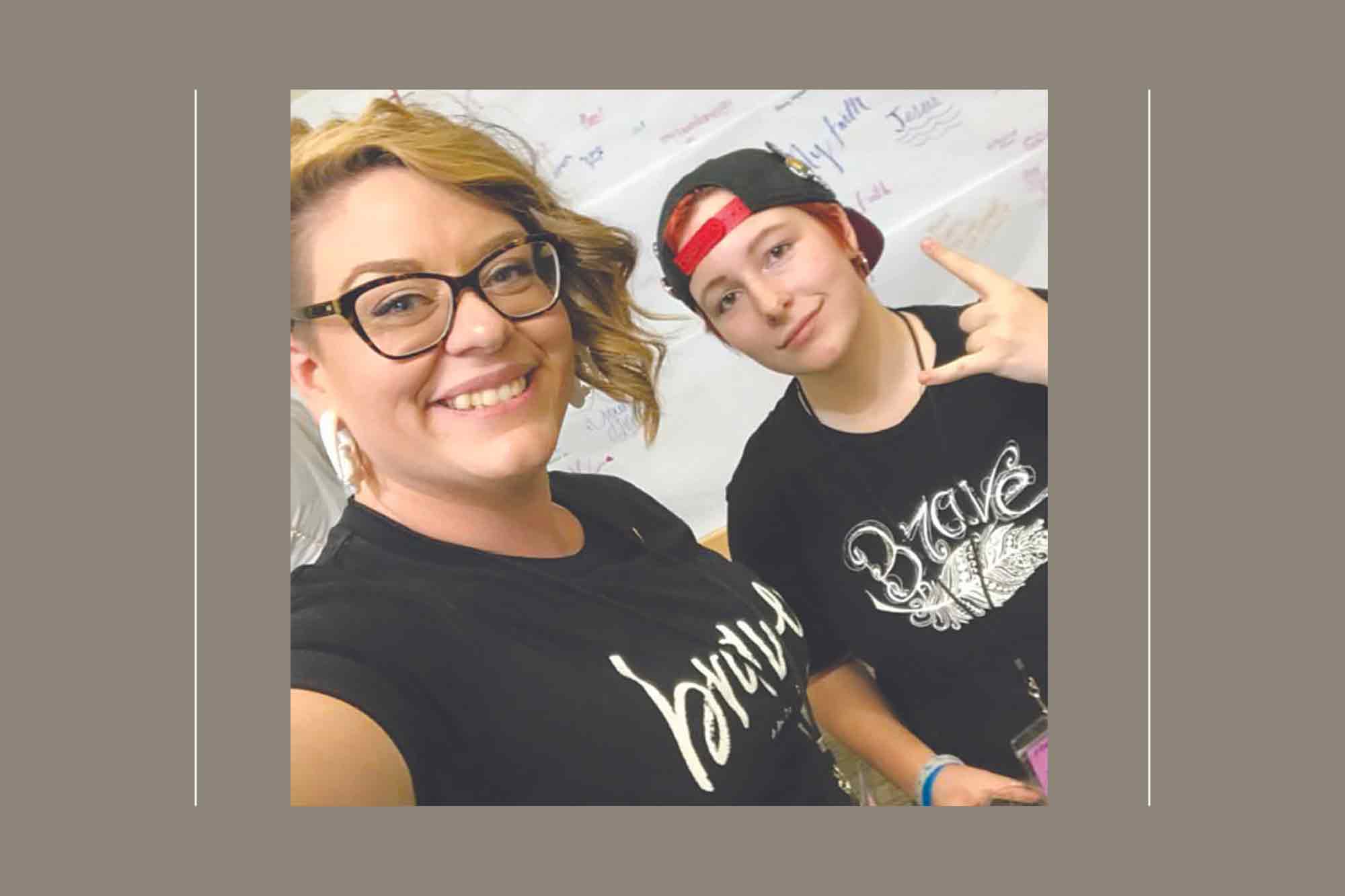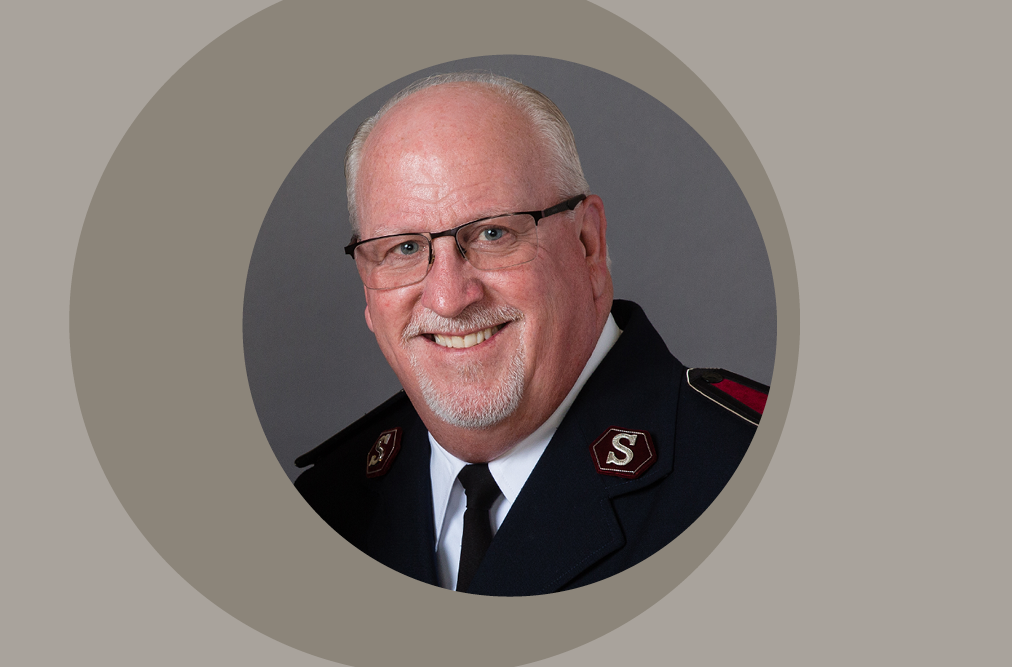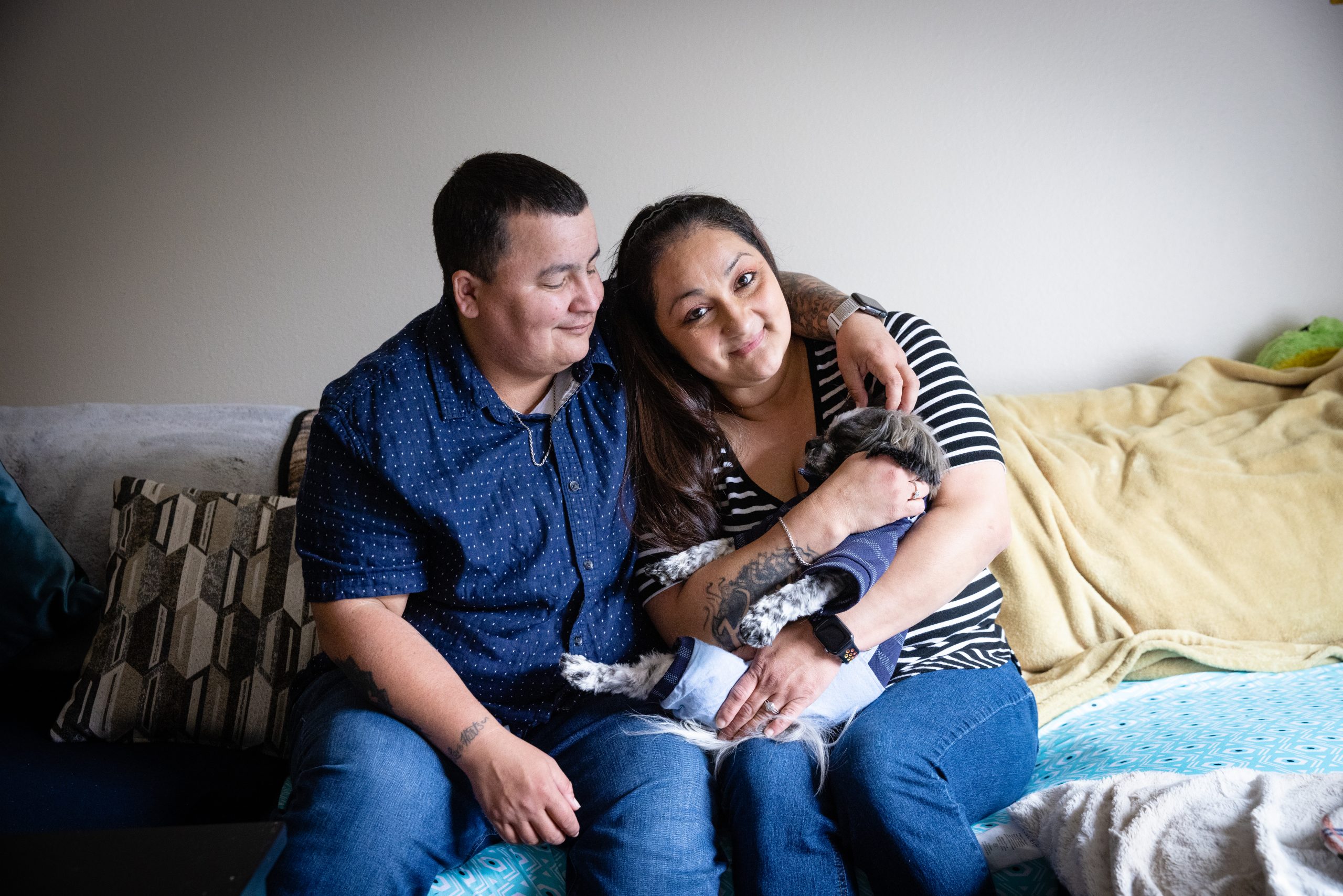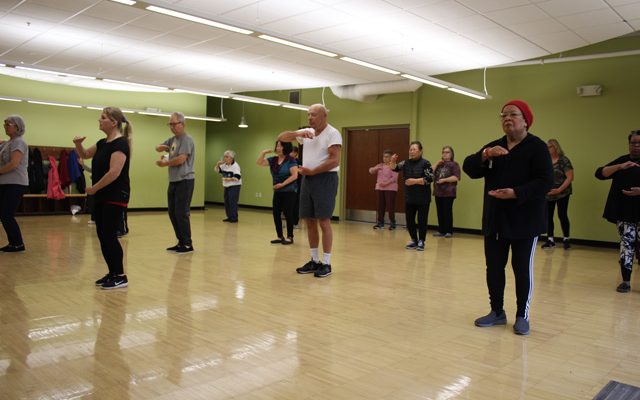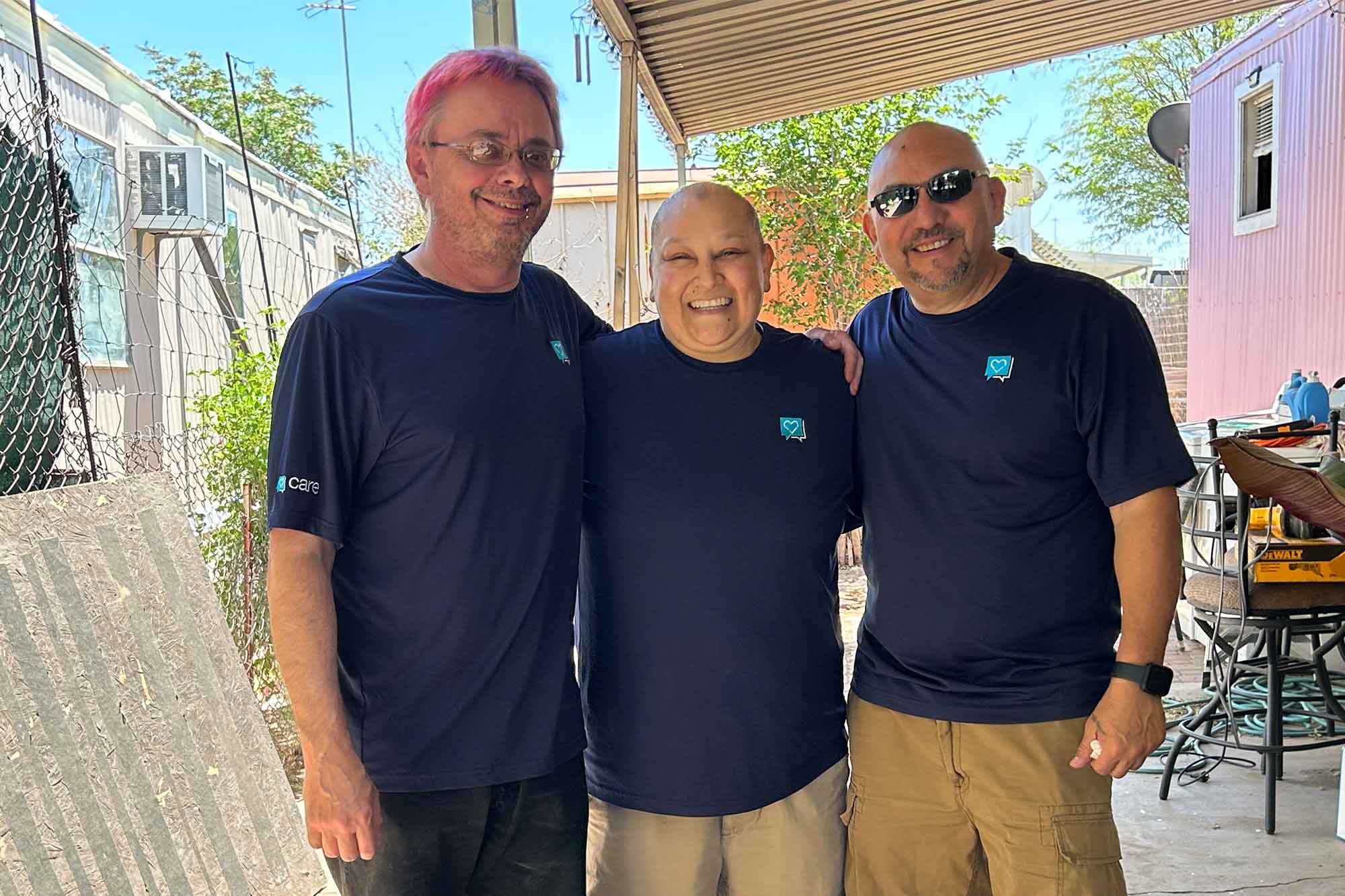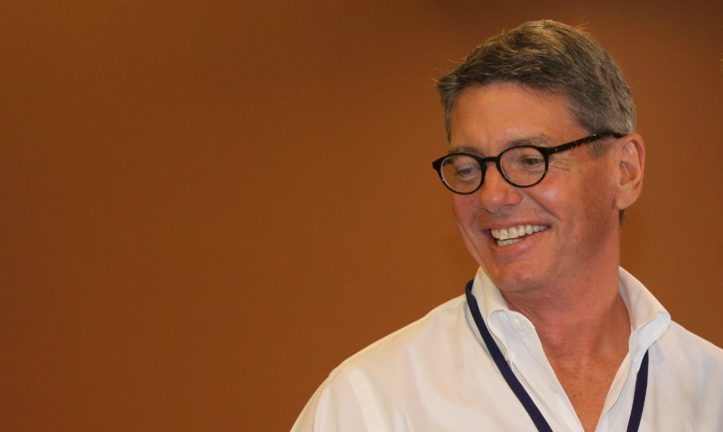Listen to this article
Listen to this article
Loading
Play
Pause
Options
0:00
-:--
1x
Playback Speed- 0.5
- 0.6
- 0.7
- 0.8
- 0.9
- 1
- 1.1
- 1.2
- 1.3
- 1.5
- 2
Audio Language
- English
- French
- German
- Italian
- Spanish
Open text
engaging with foster care changes lives—here’s how the salvation army can start. my name is lisa barnes, and i am a foster care alumni. that sounds so much more redemptive than “former foster youth,” which is the more common term for adults who spent time in the foster care system; and in the salvation army, we are in the business of redemption. my birth mother was an addict and prostitute, and as a result of this sickness and the subsequent abuse in our home, i found myself in approximately 35 foster and group homes that i can remember. i am sure that there are more that i don’t remember, so that number is a conservative estimate. through all of those experiences in foster care i was never abused or neglected or mistreated in any way. in fact, i don’t even remember being yelled at—which is a big deal because i was a bit of a monster as a kid. extreme trauma will do that to a person. when i first started attending the army as a teenager, my youth pastor—lorrie davis, who was the youth pastor in gresham oregon for over 20 years—never gave up on me. i was off and on in foster care during that season, and lorrie always found a way to contact me and make sure i could come to church and youth group whenever possible in spite of my proclivities toward anger or violence. my guiding absolute truth was that i was unlovable. that extended to believing that jesus couldn’t love me. lorrie broke that down in my life. no matter what i did she just kept loving and including me. eventually that led me to the thoughts, “lorrie loves me all the time, even when i am really bad. if she can love me for real…. maybe jesus can, too.” someone in the salvation army caring for a broken kid in foster care is the foundation of my salvation story—and shifted the trajectory of my entire life. fast forward to 2015 when i find out about a program called brave, which is an empowerment movement for girls in foster care between the ages of 12-18. i wrote the first installment of the curriculum for this in a guided journal format. i have done brave events in seattle and now in las vegas, i am also the brave global coach and liaison for anyone in the salvation army who might want to replicate and integrate this movement in their locations. it became clear that brave-specific events can feel big or overwhelming to some depending on location and resources, so another idea was born: the global strategic plan for foster care engagement. the plan aims for the salvation army to proactively transform our world by reaching out to foster kids and kinship care providers (biological family members who are raising kids in their extended family). this is the global strategic plan for foster care engagement:. first, identify what resources your location already has available to children and families in need: back-to-school supplies, clothing programs, after-school care, day camps, vacation bible school, food pantries or support with food instability, clothing drives or thrift stores, community meals, summer camp at reduced costs, spiritual support, family events, musical instruction, social service help with rental assistance, transportation to and from events, character building programs—these are things that we are already doing as the salvation army. some corps and community centers are doing more, and some are doing less, but we are all doing things that make a difference and could potentially help families stay together and keep children safe, healthy and whole. then, after we identify a list of things that our community can do to support foster and kinship care providers, we would deliberately and systematically interact with those in the child welfare system to help them to understand how we can best support their needs. as a movement, we are great at doing the good things, but we are not as great at letting the right people know that we are doing the good things. some examples of offices or programs we would go to in an attempt to build these bridges and relationships would be the department of child and family services (dcfs), child protective services, youth probation and juvenile detention, and the office of the mayor and city managers. we would also research and reach out to local nonprofits who work adjacent to the foster care system. we would go to people in local governments and nonprofits who are actively engaged in this work. for this plan to come to fruition, we would need to do things differently. we must leave our buildings. we must get out from behind our desks and enter their spaces with our uniforms on, our lists of possible support in one hand and a box of doughnuts in the other. the folks who work in this world are overworked and underpaid. if we, as strangers, just send an email or make a phone call, we will be ignored. we must be a physical presence in their lives. this is where the connection happens. i know it may seem over-simplified, but i have seen great success with coming through the door with an open heart, a list of available programs and a box of doughnuts. i have experienced this strategy work in my life and ministry. third, we will set a schedule for regular connection and interaction with our various points of contact. twice a year we will go to their offices, bring another box of doughnuts and remind them of what we have available. we will connect our contacts with our youth leaders, social workers and those on the front lines who would be primarily involved with impacting this change. once a relationship has been created between the salvation army and those in the foster care system, those frontline folks would regularly send information and invitations to programs, services and support networks as the calendar progresses. if we as an army do this small step that is feasible for every officer regardless of location or resources, i firmly believe that we will change our country in a mighty way—and in a way that costs us nothing more than a box of doughnuts and an afternoon of our time. i daydream about walking into heaven one day 100 years from now, and jesus introducing me to all the people who were foster kids—and because of this strategic effort, the salvation army became the origin of their salvation story, too. let’s link arms and do this together. the kingdom and our world will never be the same. do good:. you’ve probably seen the red kettles and thrift stores, and while we’re rightfully well known for both…the salvation army is so much more than red kettles and thrift stores. so who are we? what do we do? where? right this way for salvation army 101. what cause best fits your personality? take our quiz and discover where you can make the biggest impact today in the fight for good. learn how the salvation army offers emergency foster care in spokane, washington on the do gooders podcast.
Open context player
Close context player
Plays:-Audio plays count
engaging with foster care changes lives—here’s how the salvation army can start. my name is lisa barnes, and i am a foster care alumni. that sounds so much more redemptive than “former foster youth,” which is the more common term for adults who spent time in the foster care system; and in the salvation army, we are in the business of redemption. my birth mother was an addict and prostitute, and as a result of this sickness and the subsequent abuse in our home, i found myself in approximately 35 foster and group homes that i can remember. i am sure that there are more that i don’t remember, so that number is a conservative estimate. through all of those experiences in foster care i was never abused or neglected or mistreated in any way. in fact, i don’t even remember being yelled at—which is a big deal because i was a bit of a monster as a kid. extreme trauma will do that to a person. when i first started attending the army as a teenager, my youth pastor—lorrie davis, who was the youth pastor in gresham oregon for over 20 years—never gave up on me. i was off and on in foster care during that season, and lorrie always found a way to contact me and make sure i could come to church and youth group whenever possible in spite of my proclivities toward anger or violence. my guiding absolute truth was that i was unlovable. that extended to believing that jesus couldn’t love me. lorrie broke that down in my life. no matter what i did she just kept loving and including me. eventually that led me to the thoughts, “lorrie loves me all the time, even when i am really bad. if she can love me for real…. maybe jesus can, too.” someone in the salvation army caring for a broken kid in foster care is the foundation of my salvation story—and shifted the trajectory of my entire life. fast forward to 2015 when i find out about a program called brave, which is an empowerment movement for girls in foster care between the ages of 12-18. i wrote the first installment of the curriculum for this in a guided journal format. i have done brave events in seattle and now in las vegas, i am also the brave global coach and liaison for anyone in the salvation army who might want to replicate and integrate this movement in their locations. it became clear that brave-specific events can feel big or overwhelming to some depending on location and resources, so another idea was born: the global strategic plan for foster care engagement. the plan aims for the salvation army to proactively transform our world by reaching out to foster kids and kinship care providers (biological family members who are raising kids in their extended family). this is the global strategic plan for foster care engagement:. first, identify what resources your location already has available to children and families in need: back-to-school supplies, clothing programs, after-school care, day camps, vacation bible school, food pantries or support with food instability, clothing drives or thrift stores, community meals, summer camp at reduced costs, spiritual support, family events, musical instruction, social service help with rental assistance, transportation to and from events, character building programs—these are things that we are already doing as the salvation army. some corps and community centers are doing more, and some are doing less, but we are all doing things that make a difference and could potentially help families stay together and keep children safe, healthy and whole. then, after we identify a list of things that our community can do to support foster and kinship care providers, we would deliberately and systematically interact with those in the child welfare system to help them to understand how we can best support their needs. as a movement, we are great at doing the good things, but we are not as great at letting the right people know that we are doing the good things. some examples of offices or programs we would go to in an attempt to build these bridges and relationships would be the department of child and family services (dcfs), child protective services, youth probation and juvenile detention, and the office of the mayor and city managers. we would also research and reach out to local nonprofits who work adjacent to the foster care system. we would go to people in local governments and nonprofits who are actively engaged in this work. for this plan to come to fruition, we would need to do things differently. we must leave our buildings. we must get out from behind our desks and enter their spaces with our uniforms on, our lists of possible support in one hand and a box of doughnuts in the other. the folks who work in this world are overworked and underpaid. if we, as strangers, just send an email or make a phone call, we will be ignored. we must be a physical presence in their lives. this is where the connection happens. i know it may seem over-simplified, but i have seen great success with coming through the door with an open heart, a list of available programs and a box of doughnuts. i have experienced this strategy work in my life and ministry. third, we will set a schedule for regular connection and interaction with our various points of contact. twice a year we will go to their offices, bring another box of doughnuts and remind them of what we have available. we will connect our contacts with our youth leaders, social workers and those on the front lines who would be primarily involved with impacting this change. once a relationship has been created between the salvation army and those in the foster care system, those frontline folks would regularly send information and invitations to programs, services and support networks as the calendar progresses. if we as an army do this small step that is feasible for every officer regardless of location or resources, i firmly believe that we will change our country in a mighty way—and in a way that costs us nothing more than a box of doughnuts and an afternoon of our time. i daydream about walking into heaven one day 100 years from now, and jesus introducing me to all the people who were foster kids—and because of this strategic effort, the salvation army became the origin of their salvation story, too. let’s link arms and do this together. the kingdom and our world will never be the same. do good:. you’ve probably seen the red kettles and thrift stores, and while we’re rightfully well known for both…the salvation army is so much more than red kettles and thrift stores. so who are we? what do we do? where? right this way for salvation army 101. what cause best fits your personality? take our quiz and discover where you can make the biggest impact today in the fight for good. learn how the salvation army offers emergency foster care in spokane, washington on the do gooders podcast.
Listen to this article











